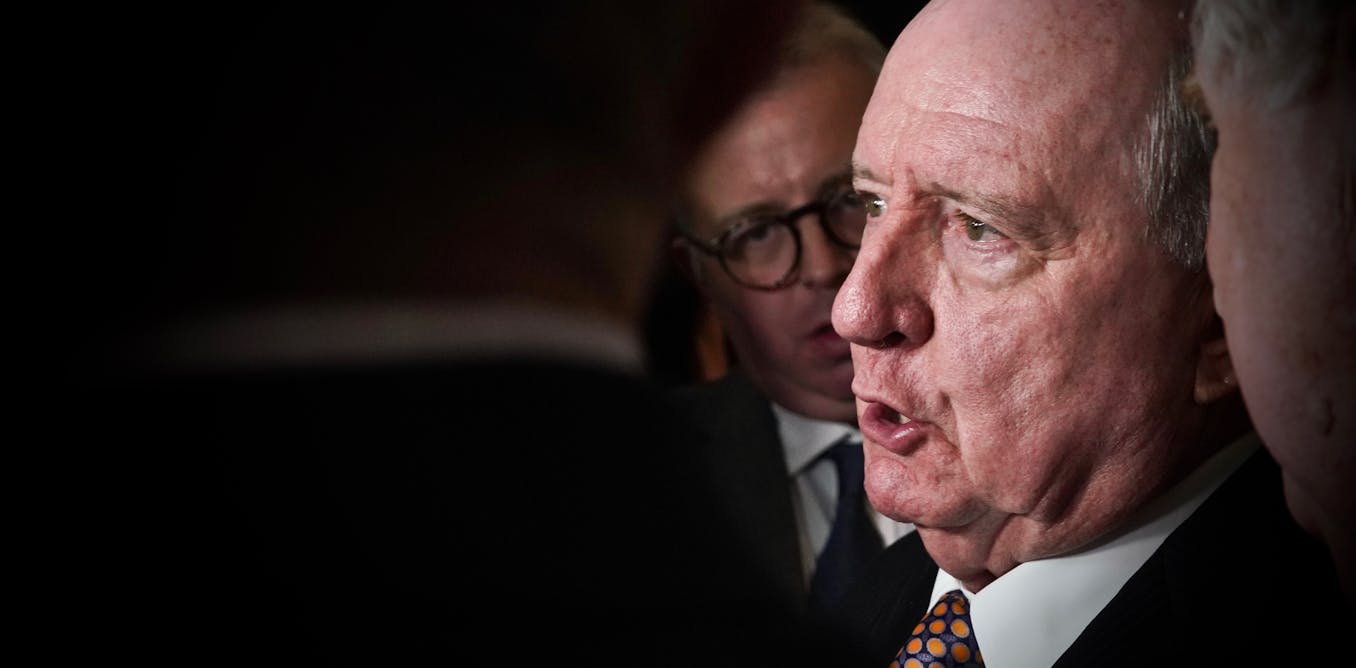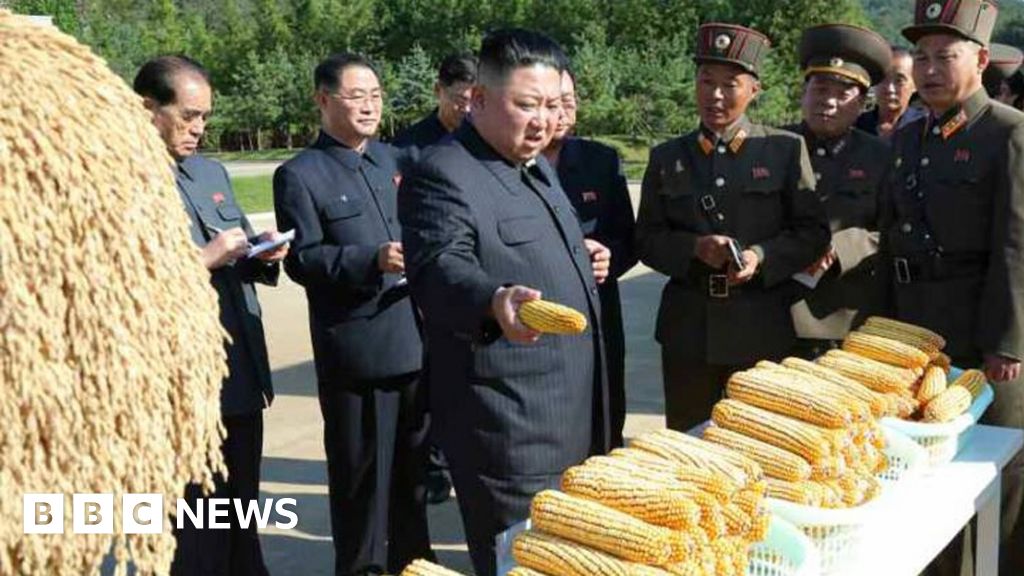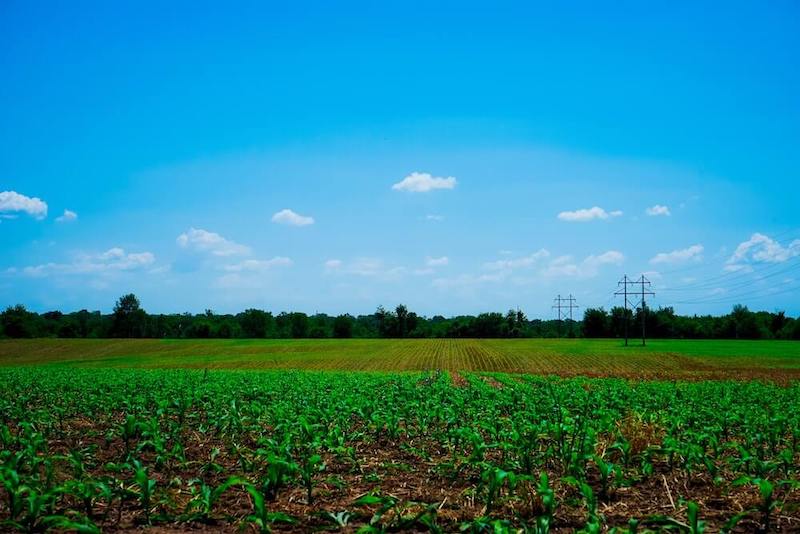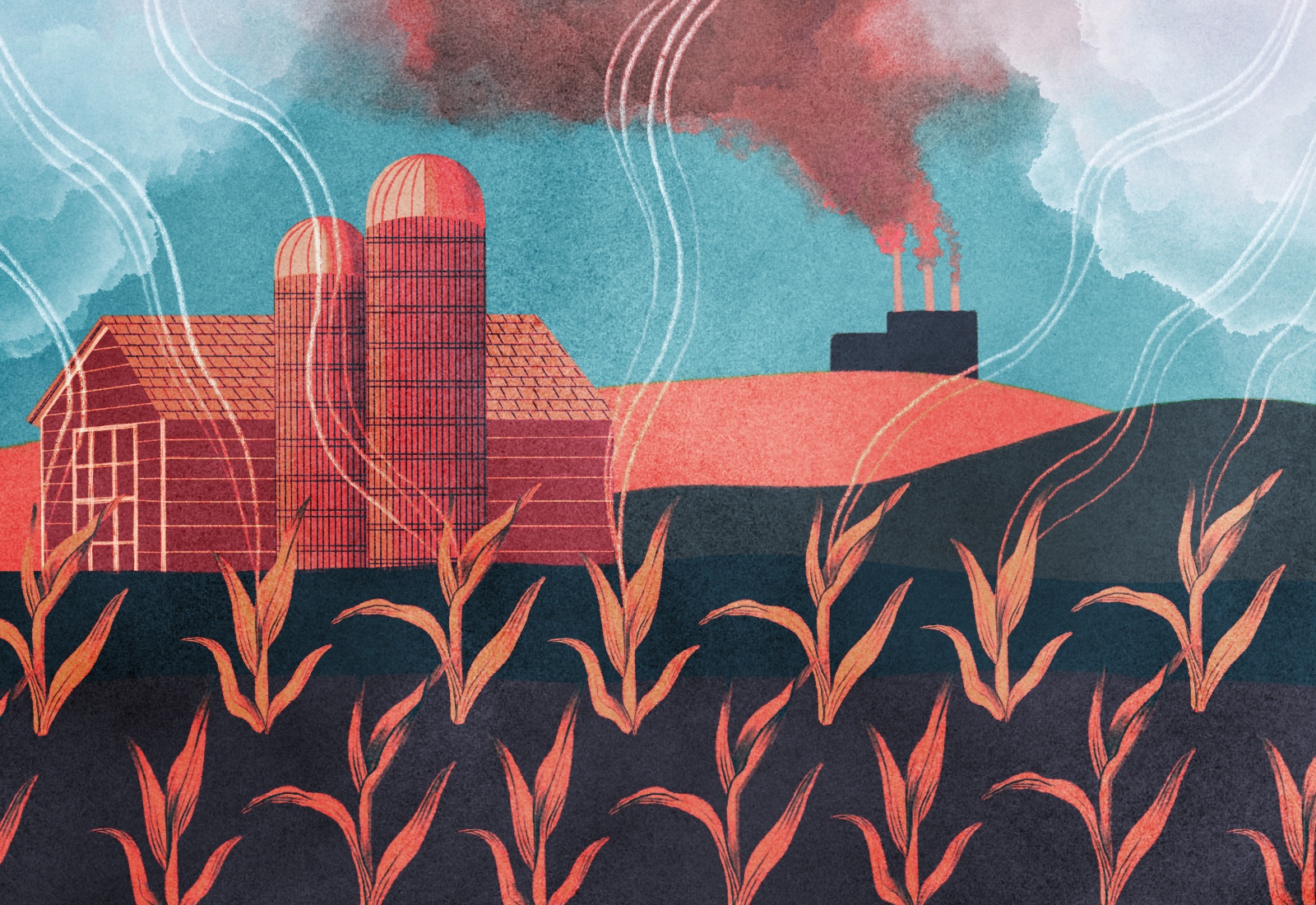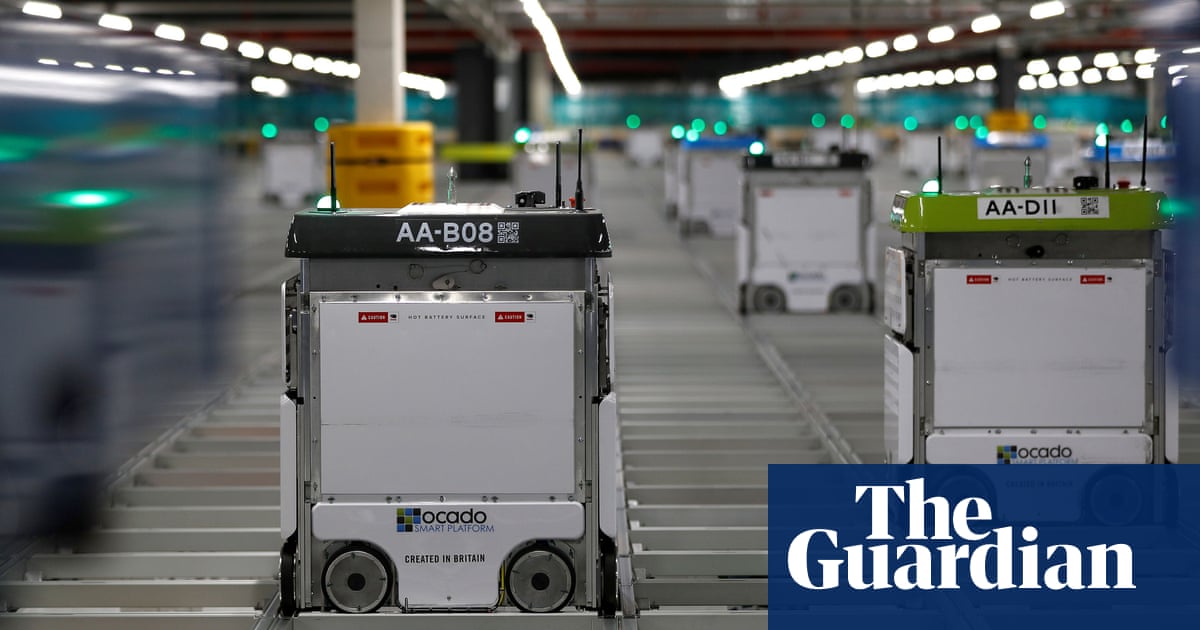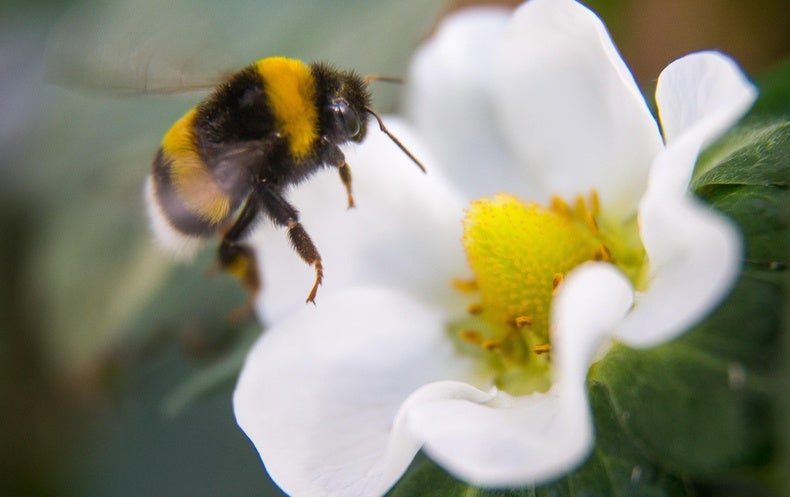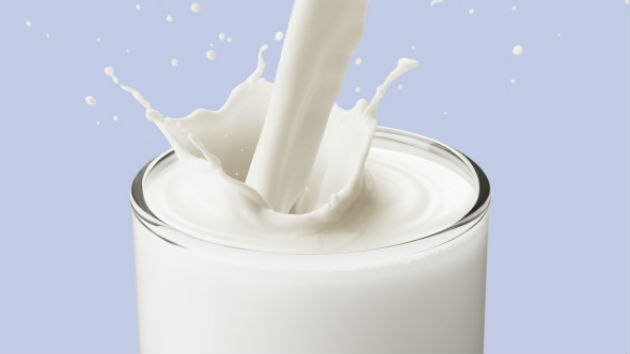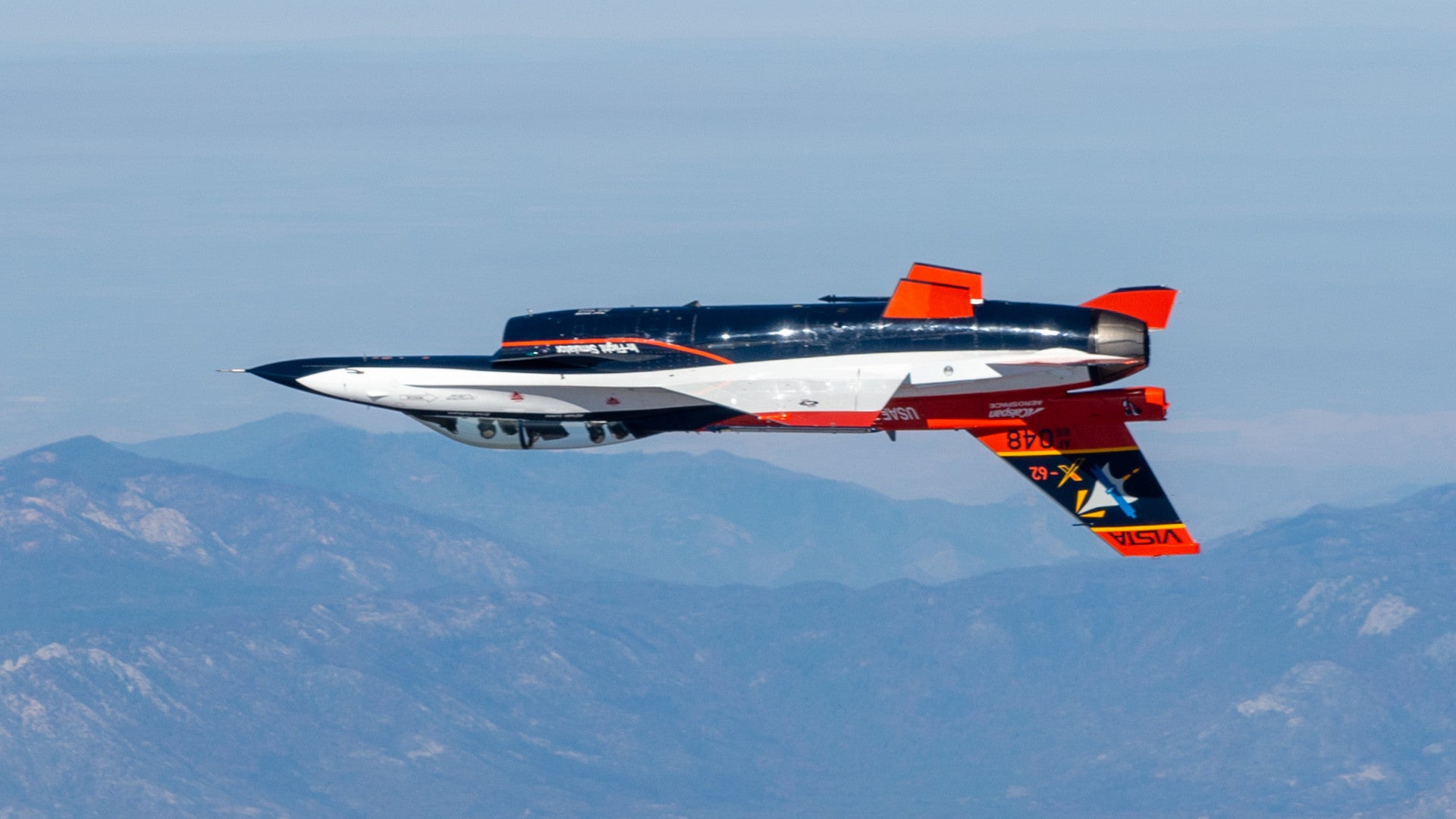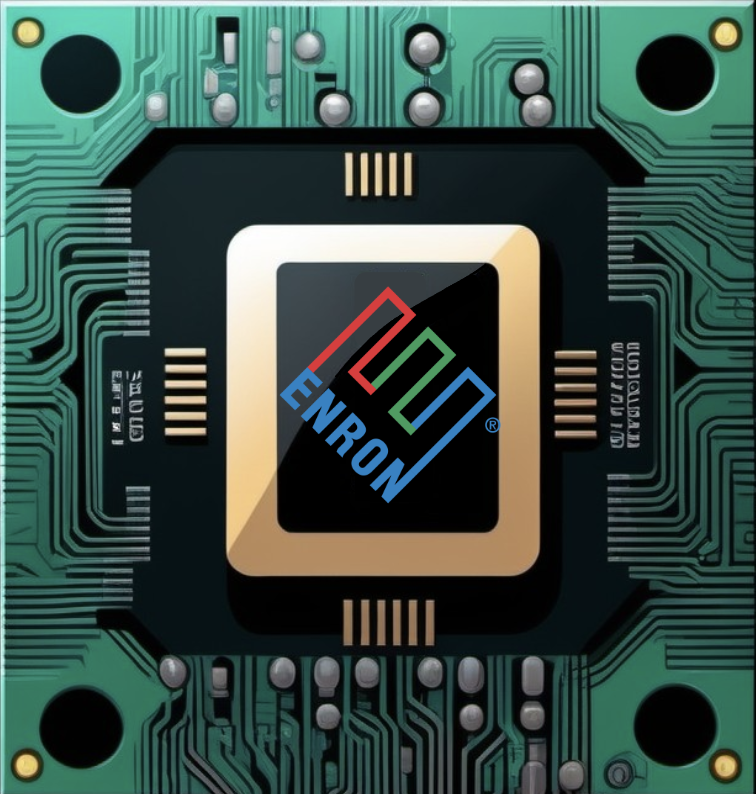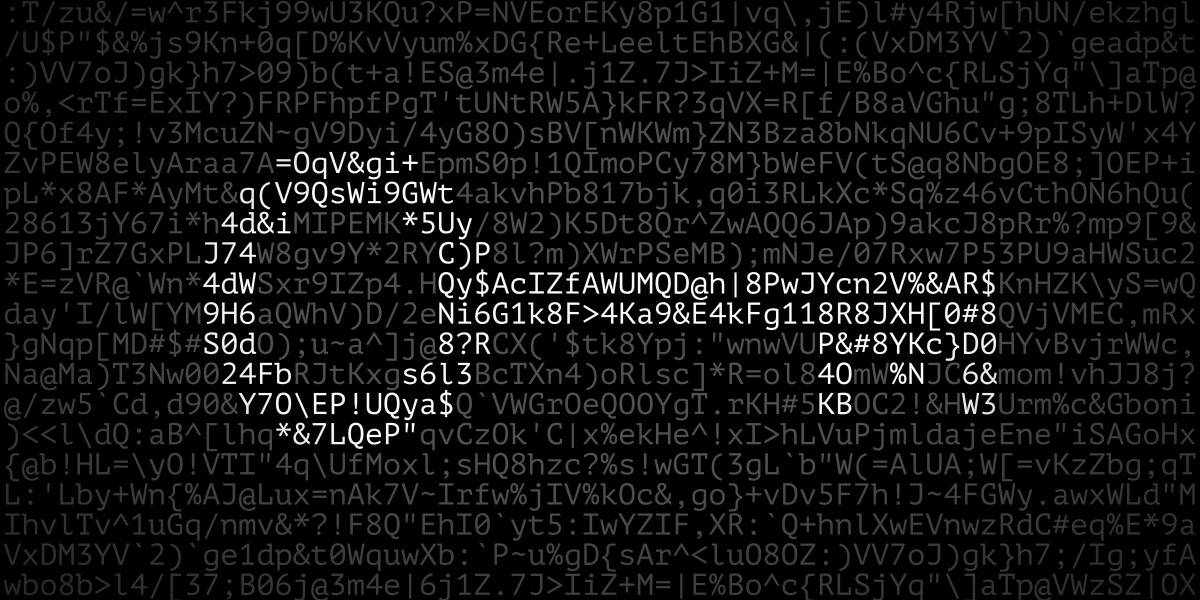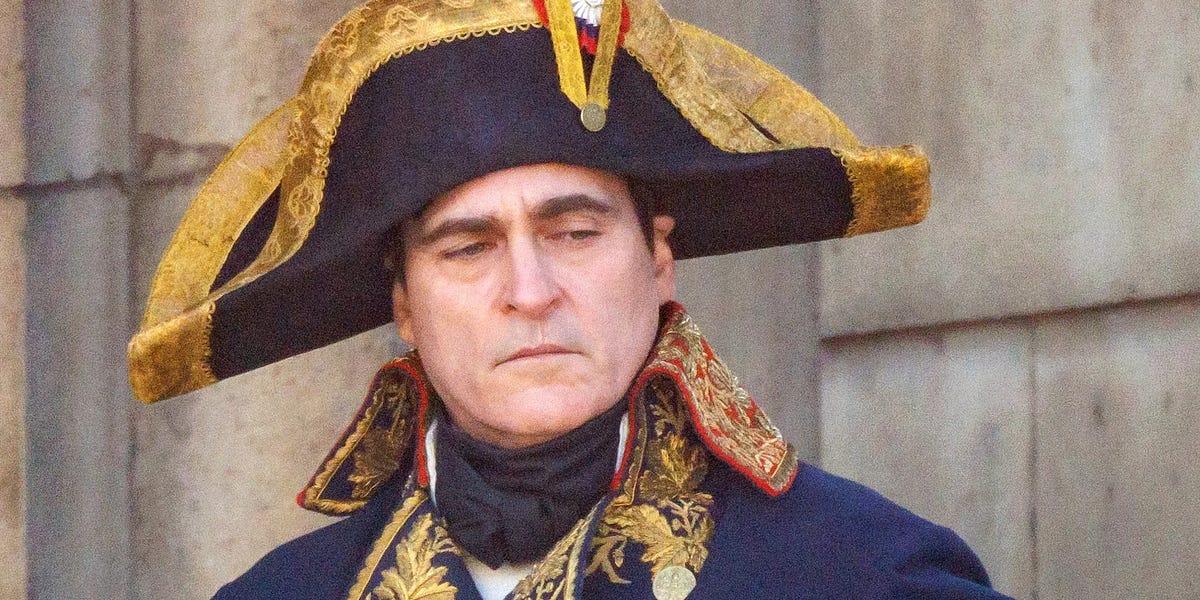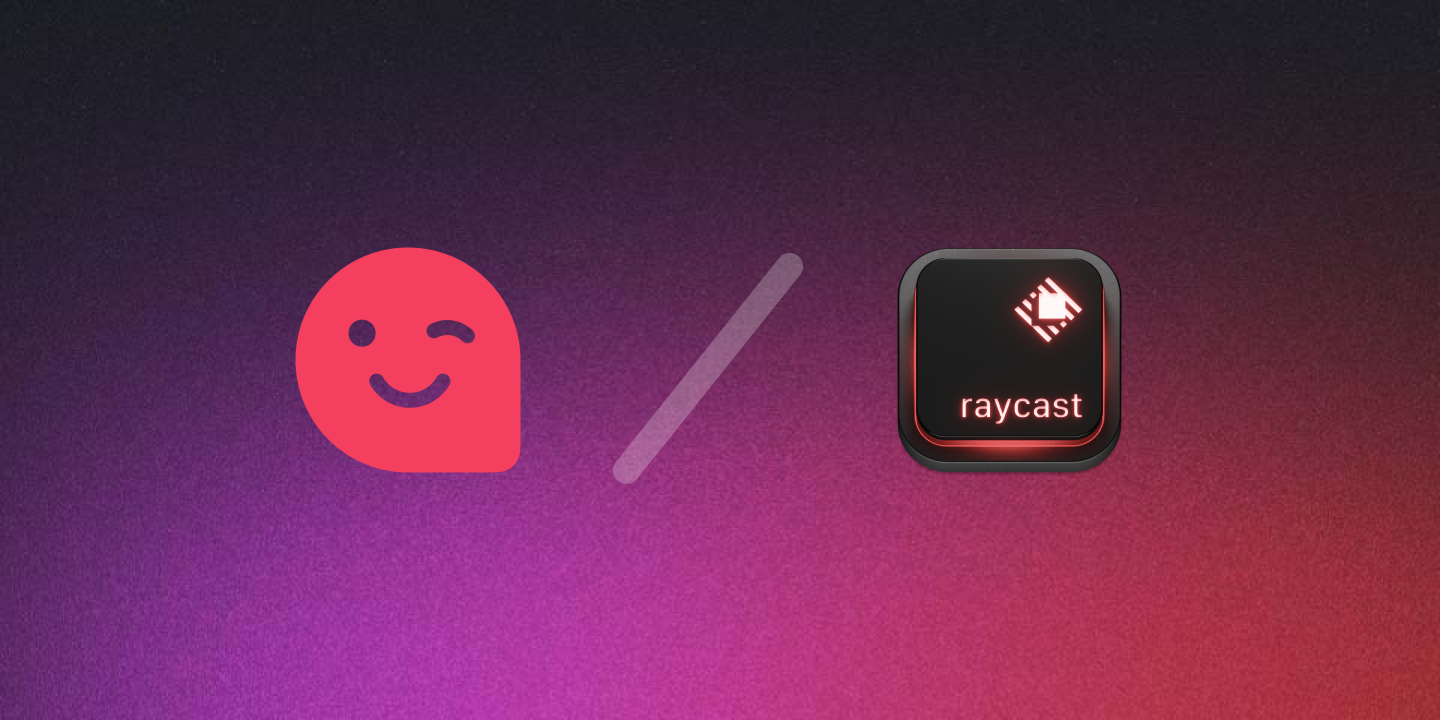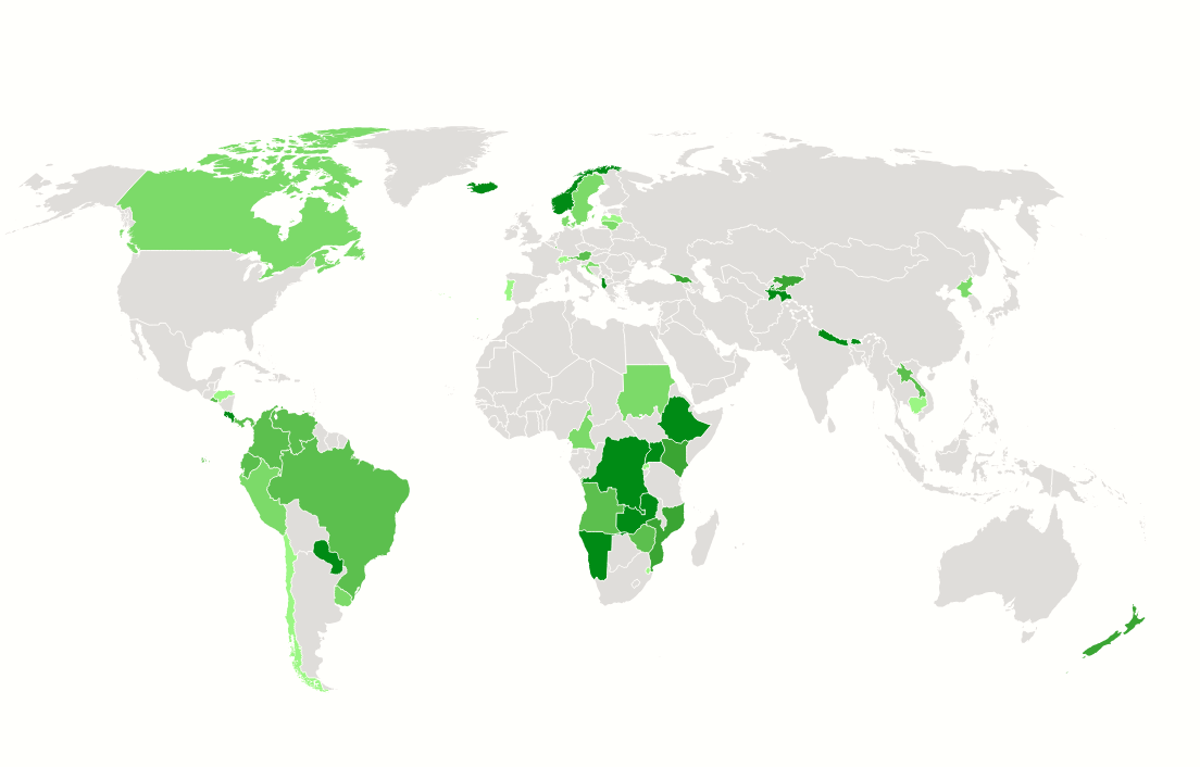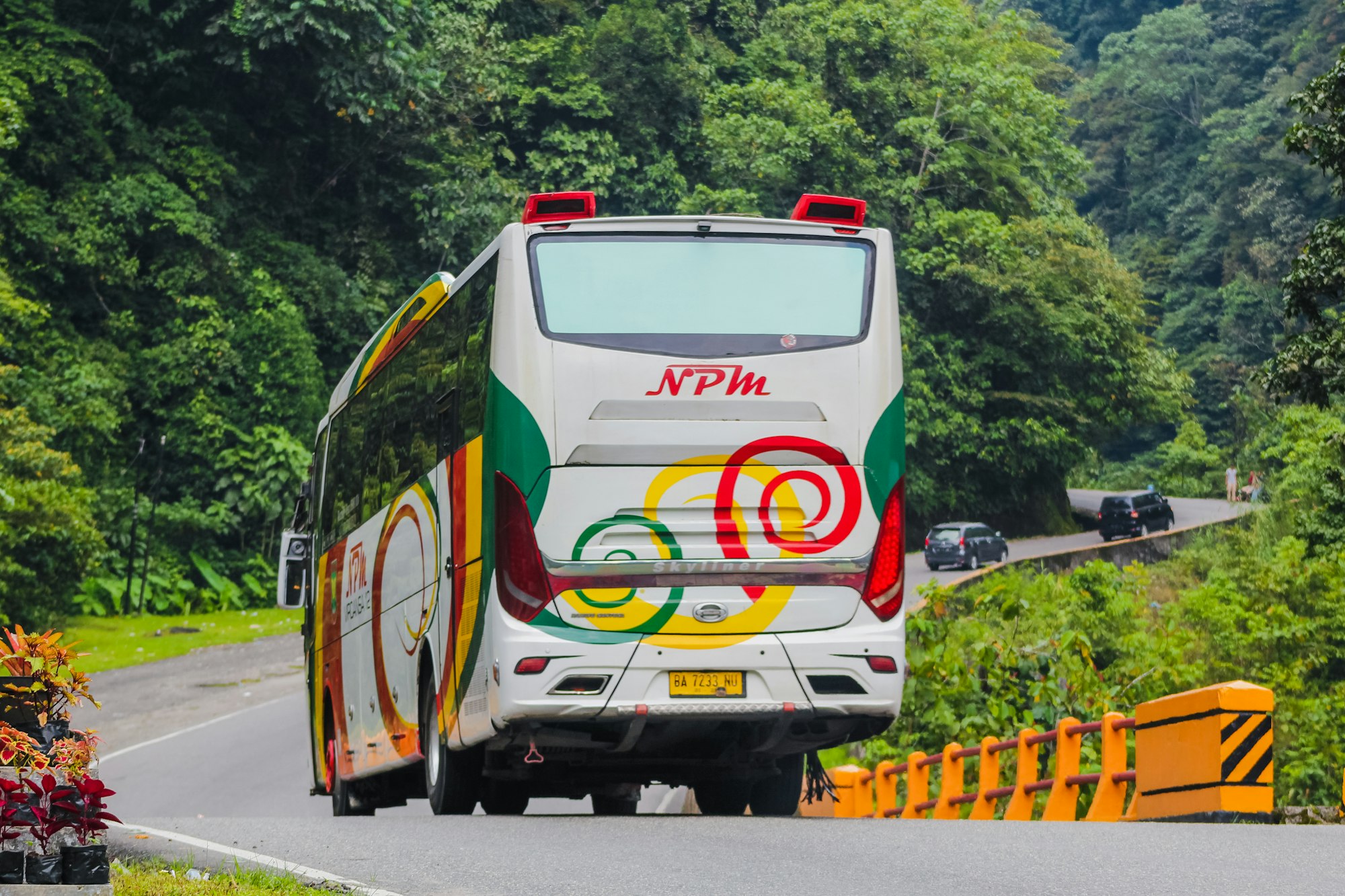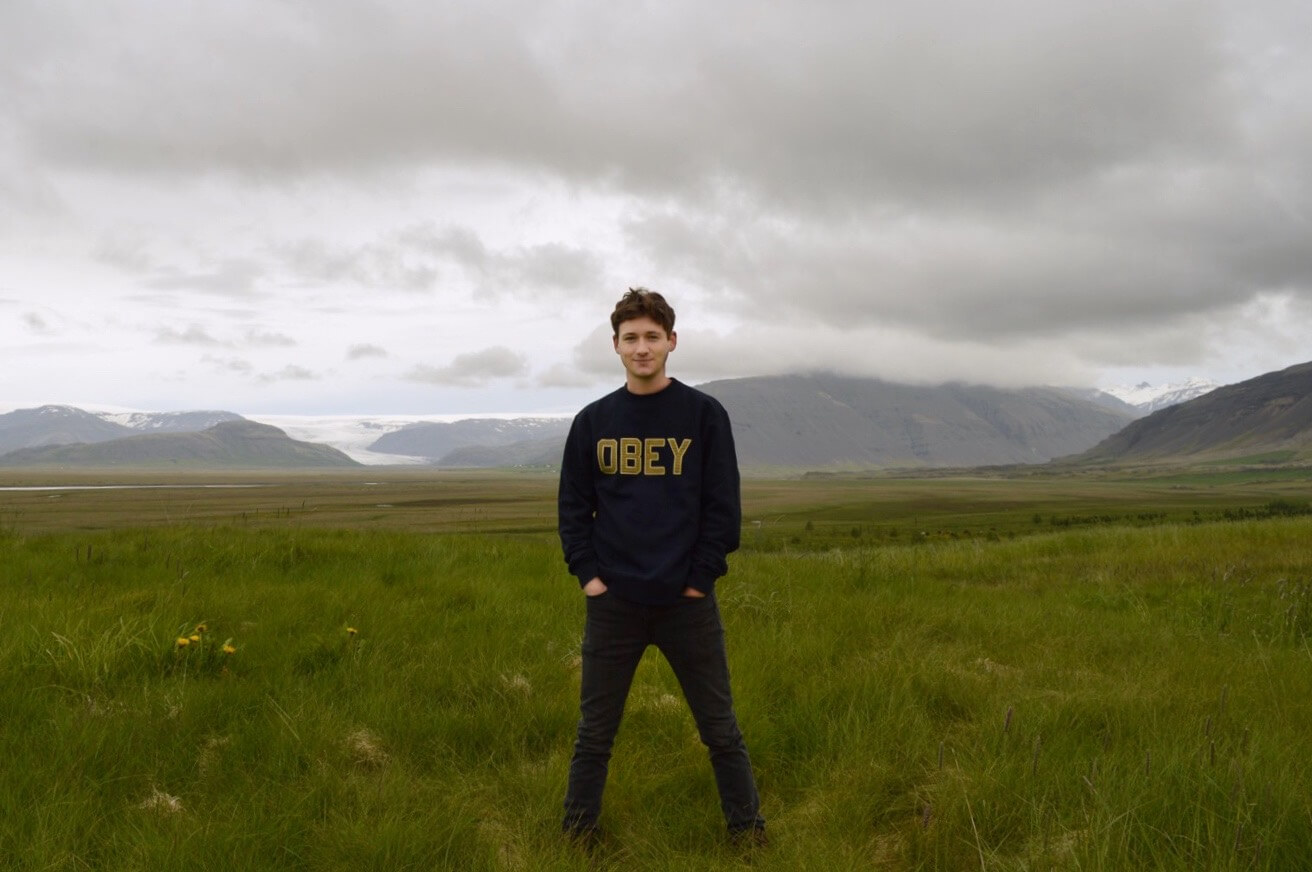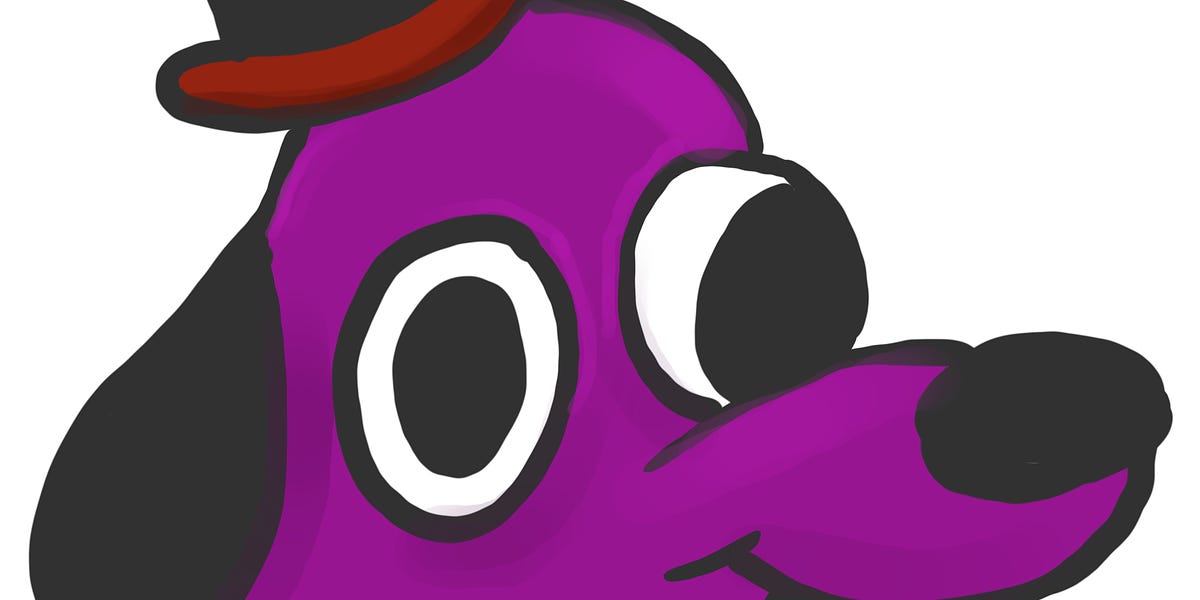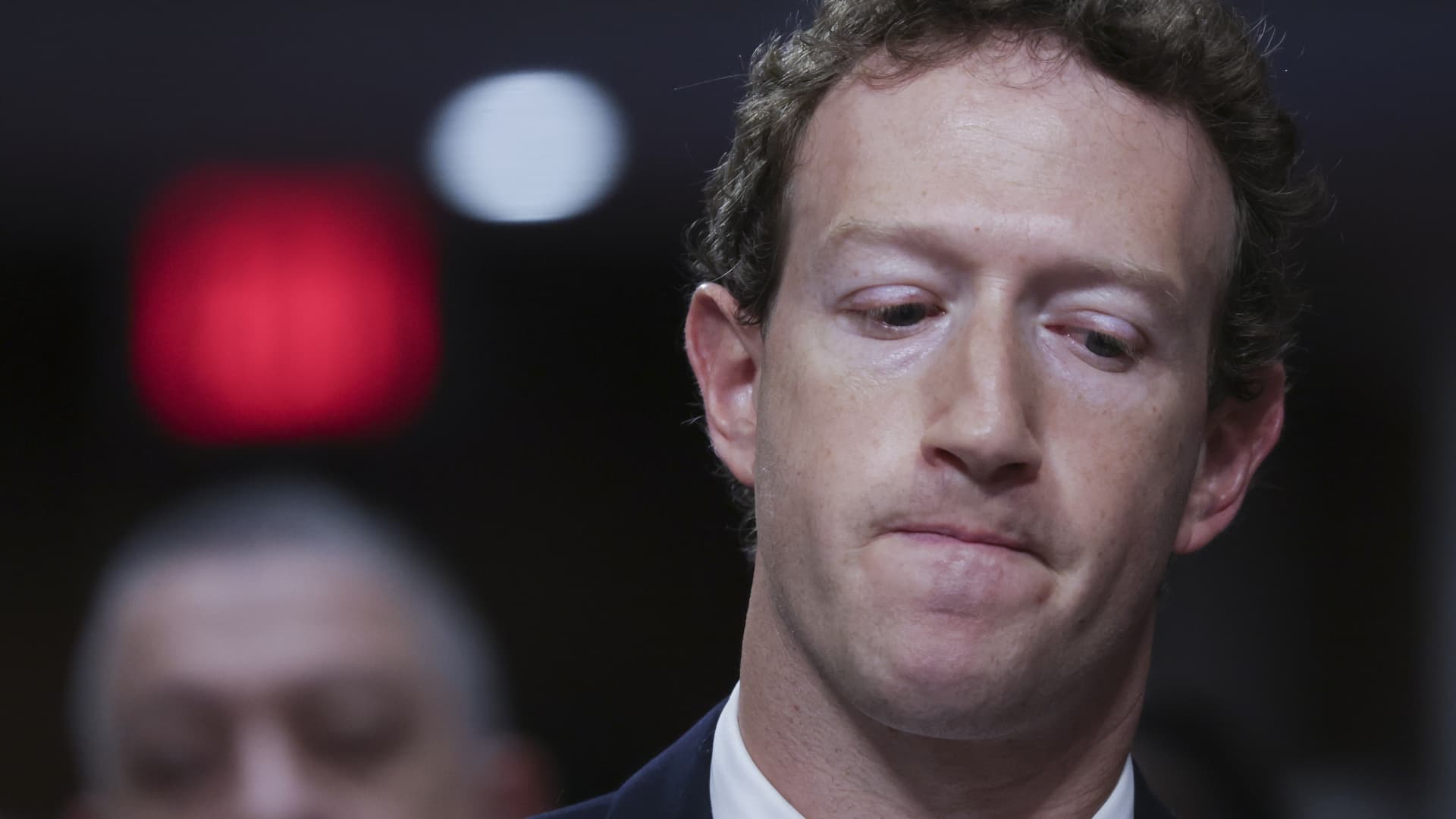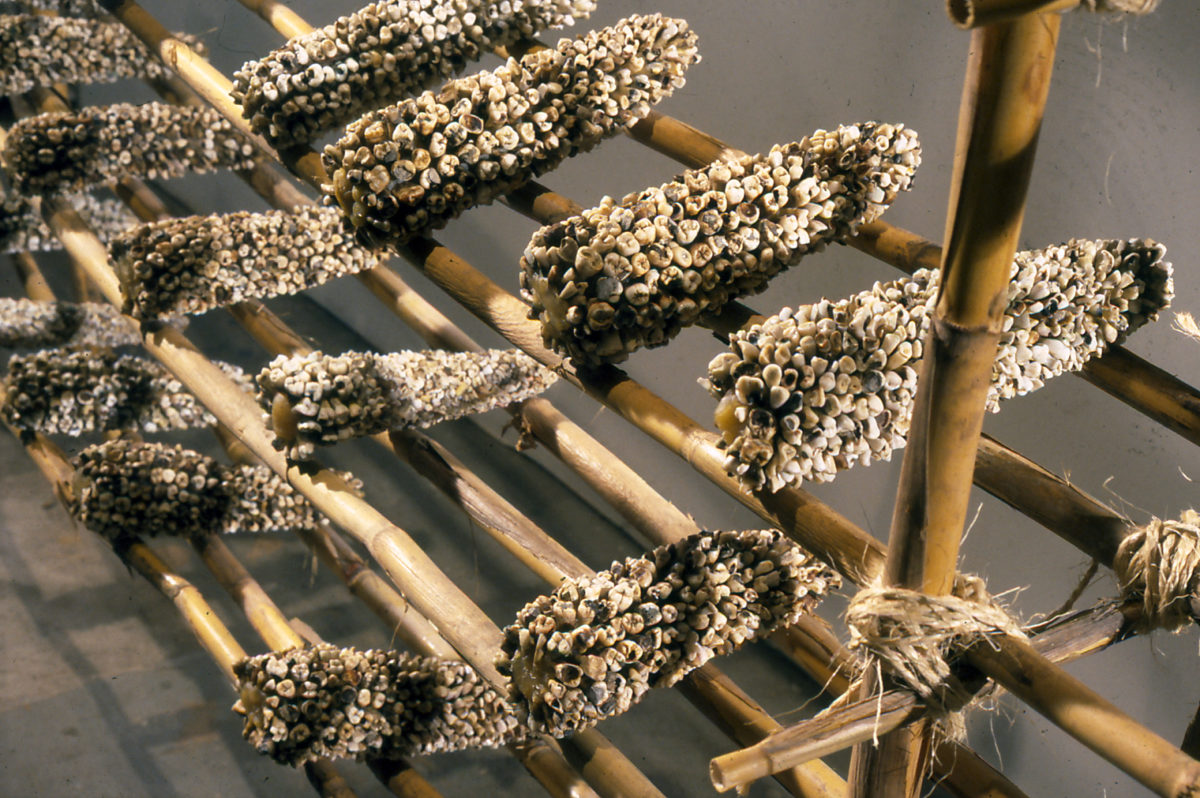
Is Corn Feeding a Lie?
Showing up in food, cosmetics, fuel, and medicine—and, by consequence, in much of the air we breathe—corn is a ubiquitous presence in our lives. Inspired by the first episode of MoMA’s Broken Nature Podcast, this text investigates how one single crop travels through our contemporary food system. Through the work of artists, academics, seed keepers, and more, curator and writer Anna Burckhardt argues that the ubiquity of corn is an example of the way in which the intangible infrastructures that surround us—made up of policy, trade routes, social networks, and behavioral codes—are intentionally designed.
In 1970, Steven Frykholm, a recent hire of the in-house graphic department at Herman Miller, was tasked with designing a poster to advertise the furniture company’s annual summer picnic. To illustrate a quintessential institution in the United States, Frykholm employed an equally “American” symbol—one that most adults and children would recognize as the ultimate summer barbeque side dish: corn on the cob (fig. 1). His poster—with its bright colors, glossy varnish, and Pop art references—proved so successful that the company asked him to design new versions each year until 1985. But what is it about corn—which was first domesticated in Mexico—that has made it an inherent symbol of the United States? And how has this vegetable/grain, and its wholesome associations with summer picnics and fun, come to exemplify a lot of the flaws in our contemporary industrialized food systems?
Showing up in food, cosmetics, fuel, and medicine—and, by consequence, much of the air we breathe—corn is a ubiquitous presence in our lives. Even those who avoid it as part of their diet inevitably come into contact with it several times per day. The proliferation of corn has had major consequences for our health and the environment. This text looks at how this single crop travels through our contemporary food system in surprising and sometimes invasive and devastating ways, and where models might exist for new (which might mean very old) approaches. This kind of systems thinking is key to Broken Nature, the exhibition and podcast series that inspired this text. Both projects explore human ties to nature and advocate for the concept of restorative design—a vision of design that is aware of its own role in the environmental crisis and engages in making things better for humankind, other species, and the whole planet. Design plays a central role in helping citizens become more attuned to the complexity of the systems that inform our lives as individuals and as communities.
